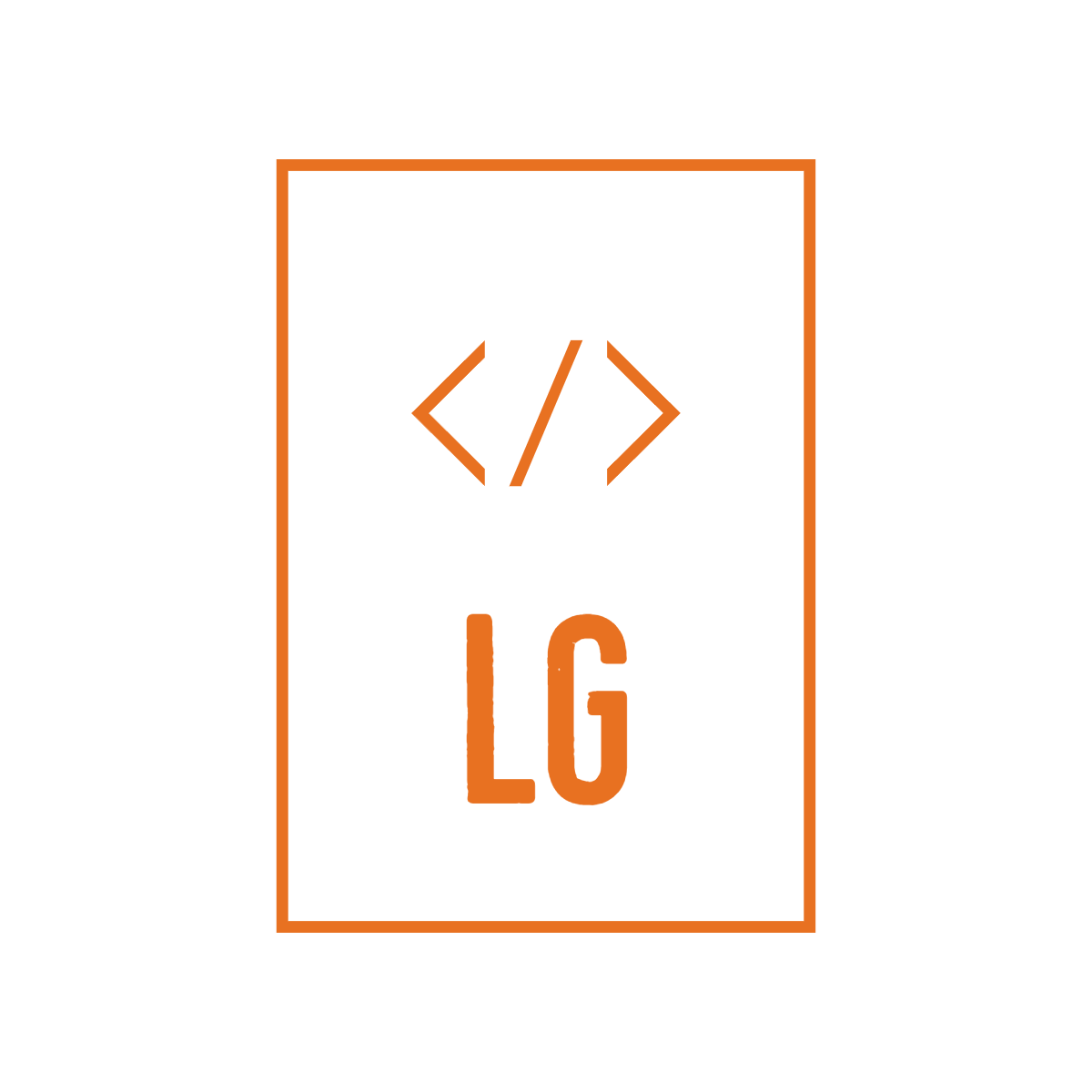Legacy software is a critical part of many businesses and in many cases there is no business without legacy software. Legacy systems are often referred to as “legacy” because they’re built using old and outdated technology, however it does not mean that these systems do not provide value.
Legacy applications are usually using older programming languages that are no longer taught in universities. This means that new developers won’t have the skills needed to work on these types of projects, which makes hiring new employees more difficult. Also, the cost of maintaining legacy systems gets high with time because there aren’t enough people with knowledge about how they work anymore.
Modernizing these legacy software is a big challenge that most companies have to face sooner or later. Lets look at some of the steps that you can take for a safe migration to modern software architecture.
Preparing for Modernization
Before you can begin the modernization process, you need to assess the current state of your legacy software. This can be a time-consuming and challenging endeavor, but it’s crucial that you take the time up front to thoroughly understand what needs modernizing and why.
Once you’ve completed this assessment and determined which parts of your legacy codebase are worth preserving, it’s time for planning: how will we modernize our legacy software? What steps do we need to take? How long will each step take? And so forth.
Modernization Strategies
There are two main types of modernization strategies:
-
Replace/Re-architecture: This approach involves a complete reworking of your software’s architecture and implementation, including all new code written from scratch. This can be an expensive option, but it allows you to take advantage of new technologies that weren’t available when your legacy system was first developed.
-
Re-factor/Migrate: This strategy involves moving existing code into a new environment (usually cloud-based) while keeping its original functionality intact–which means no changes to either the user experience or functionality are necessary during this process.
Choosing the Right Technology
The first step in modernizing legacy software is choosing the right software / architecture stack to use. It’s important to consider how your organization currently uses technology, as well as what you want it to look like in the future. For example, if you only have a basic understanding of how front-end technologies work, migrating your existing system to a modern front end might be more difficult than simply re-factoring the application into a cloud platform that supports those frameworks out of the box.
Testing and Quality Assurance
Testing and quality assurance are essential to the success of any software modernization project. Its important to include adding automated test cases as a part of your overall migration strategy. This will help you ensure that the new application is behaving as expected and to quickly identify any issues if they arise.
Its also important to test for scalability and performance. Modernized applications should be able to scale up or down depending on demand, so it’s important that you test them under a variety of load conditions. You should also make sure that they perform well when handling large amounts of data.
Managing Change
What makes of breaks a modernisation project is usually your ability manage that change within your organisation’s working culture. It can be a major challenge to change the way people work and think, but it’s essential if you want to successfully migrate to a new platform. You need to identify key stakeholders and educate them about what will be changing and why. You should also make sure that they’re on board with your plans before you start making any changes.
In conclusion, the benefits of modernizing legacy software are clear. You can improve your business and make them more efficient, while also reducing costs and increasing revenue. Yet, it can be daunting at times to get people to change their minds.
